- Make It Yourself Lavender Heart-Shaped Bath Bombs!
- 20 Things You Never Knew About “Down There”
- 12 Best Foods For Those Suffering From Arthritis Pain
- 12 Personal Hygiene Mistakes Almost Everyone Makes (Mom Never Told You About #4!)
- 15 Medicinal Plants And Herbs From The Cherokee People
- 12 Mind-Blowing Benefits Of Drinking Coconut Water During Pregnancy
- 12 Outstanding Winter Foods That Won’t Fatten You Up Like A Christmas Turkey
12 Non-Toxic Ways to Deal with Cystic Acne (Love #8!)
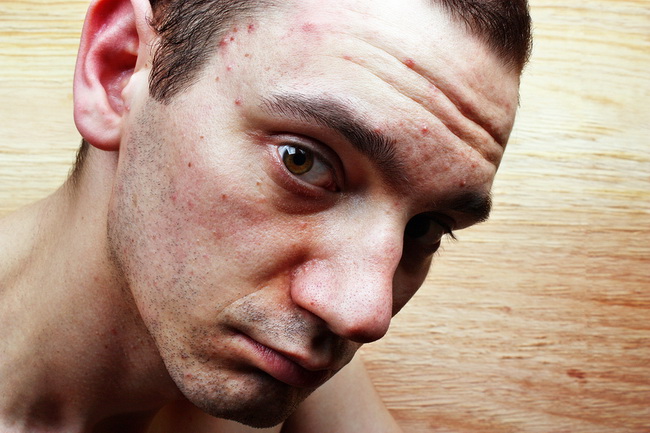
Photo credit: bigstock.com
Cystic acne is one of the most severe forms of acne. It causes significant skin damage, is very painful and often leaves scarring.. If you have never had one of these pimples, thank your lucky stars!
Cystic acne feels like a soft, fluid-filled lump right under the skin’s surface. It stubbornly remains, does not come to a head and does not go away easily.
Most cystic acne develops on the back, chest, upper arms and sometimes face. This type of acne occurs when sebaceous glands secrete excessive amounts of sebum, clogging the pores. This type of acne is different from normal acne in the way it develops. Clogged pores become inflamed deep beneath the skin’s surface, fill with pus, and, because it is deep under the skin, the oil and pus have nowhere to escape.
Although teenagers are most likely to see this problem due to hormonal changes, it can happen to almost anyone. The exact cause is unknown, but some of triggers include food allergens, genetics, internal inflammation and — the most likely cause — hormonal imbalance.
Standard remedies are potentially harmful and undesirable. These include:
- Antibiotics (Cysts return soon after the antibiotics are done)
- Steroid injections (These have side effects including burning and itching.)
- Birth control pills
- Topical applications of benzoyl peroxide (Which dry out the skin and causes redness)
- Accutane (Can cause dry eyes, mouth, headaches and yeast infections)
- Surgical intervention
If you would rather treat these cysts naturally and avoid the above treatments (and who wouldn’t?) try some of the 12 methods below. Keep in mind that not everything works for everyone, so if you don’t find relief from one method after a week or two, try another method.
Continue to Page 2
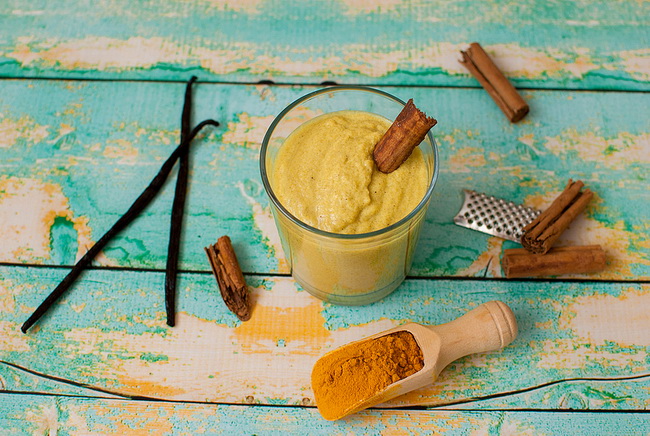
Photo credit: bigstock.com
1. Apple Cider Vinegar
This is a well-known natural remedy for cystic acne that really works. Vinegar is a natural astringent, so it balances the skin’s pH level and removes excess oil. Mix equal parts water and apple cider vinegar. Then soak a cotton ball into this mixture and apply to the affected area. Let it dry for 15 minutes, and then rinse off with warm water. Do this twice a day for one week, then use once a day. You can also help prevent inflammation from the inside by mixing a teaspoon of apple cider vinegar and a tablespoon of honey in a glass of water. Drink daily.
2. Coconut Oil
Although it might seem strange to put oil on your skin when it appears that the problem is too much oil, remember this oil is different. Coconut oil contains natural antibacterial compounds which kill the bacteria that causes cystic and other types of acne. Wash your face as you normally would (avoid scrubbing too hard) then apply a thin layer of coconut oil in places where you have acne. Do this every morning and night. You should see a difference in seven days.
3. Turmeric
The active ingredient in turmeric is curcumin, which is a natural anti-inflammatory compound. It also has antiseptic compounds to fight pain and infection.
Make a paste by mixing 2 teaspoons of turmeric powder and a bit of water. Apply this paste to the affected areas and allow it to sit for one hour. Rinse with warm water. Do this twice a day. You can also fight infection from the inside out by adding half a teaspoon of turmeric powder to a glass of milk and drinking it twice a day.
Continue to Page 3
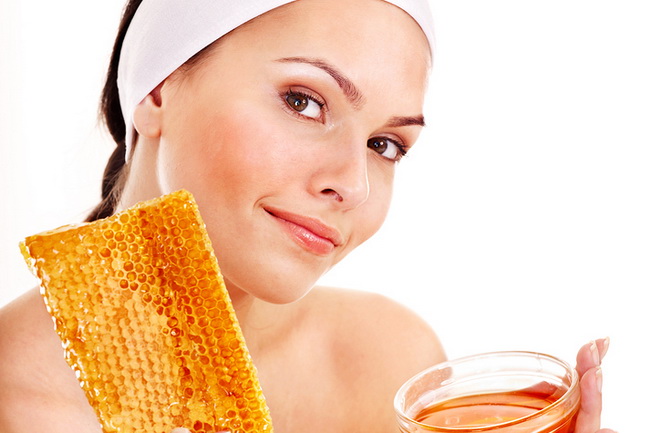
Photo credit: bigstock.com
4. Blue Tansy Oil
This oil is also a powerful anti-inflammatory that can help reduce the pain and swelling of cystic acne. If you tend to get rash-like acne along with the cystic acne, this oil might be your best option. It can stain your skin, so mix it with some olive oil or jojoba oil before applying.
5. Honey
Raw, organic honey has powerful antibacterial compounds that can work wonders on cystic acne. Honey also has strong antioxidant compounds that can help prevent the damage caused by free radicals, heal acne scars and make your skin soft and smooth again.
Simply dab some raw, organic honey on the affected areas. Wait about 15 minutes before rinsing it off with warm water. Do this twice or more each day for best results.
6. Tea Tree Oil
This is a great remedy for many skin problems, including cystic acne. Tea tree oil penetrates the skin easily, dries out the acne and disinfects the pores.
Put just a drop or two of tea tree oil on a cotton ball, dab it on the affected areas, and let it sit for at least for a couple of hours, or even overnight. If you have sensitive skin, dilute the tea tree oil with two or three parts of water. Do this daily for one week, then every other day for maintenance.
Continue to Page 4
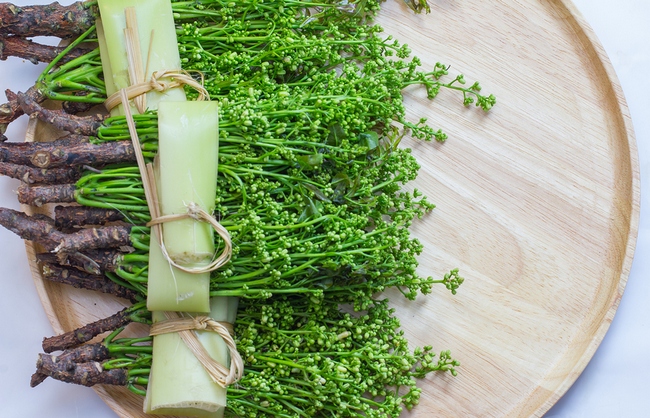
Photo credit: bigstock.com
7. Neem
Sometimes called Margosa or Indian lilac, this herb is a popular Ayurvedic remedy for cystic acne. Neem contains antimicrobial and antiseptic compounds that can reduce pain and inflammation. It can also detoxify and purify the blood if taken internally
Make a paste by wetting and mashing neem leaves and placing it on the affected area. Let dry before rinsing off.
You can use neem oil as an alternative. Soak a cotton ball in neem oil and dab it on the affected area. Wait 15 minutes, then rinse off with warm water.
Whether you use leaves or oil, apply the neem twice daily for seven days, then once a day for best results.
8. Calendula
This herb has a long history of being a very effective treatment for cystic acne. It is naturally anti-inflammatory and antiseptic, so it will remove the bacteria that are causing the acne. It also is great for removing the red look on the surface of the skin. This works just as well as benzoyl peroxide, but it won’t dry out the skin’s surface.
Using calendula could not be easier! Simply make a tea with calendula, allow it to cool. After washing your face, soak a cotton ball in the tea, and rub it over the affected areas. Allow it to dry, but do not rinse it off.
9. Green Tea
According to a 2012 study published in the Journal of Investigative Dermatology, one of the active ingredients in green tea called epigallocatechin-3-gallate can improve acne symptoms by modulating intracellular molecular targets and inhibiting the bacteria that causes acne.
Drink three or four cups of green tea each day to fight inflammation and bacteria from the inside.
Also, mix ¼ cup of water with ¼ cup of freshly brewed green tea and saturate a cotton ball with this solution. Apply to the affected area and allow to sit for 15 minutes before rinsing off with warm water. Do this twice a day until you see a reduction in your cystic acne, then once a day afterwards.
Continue to Page 5
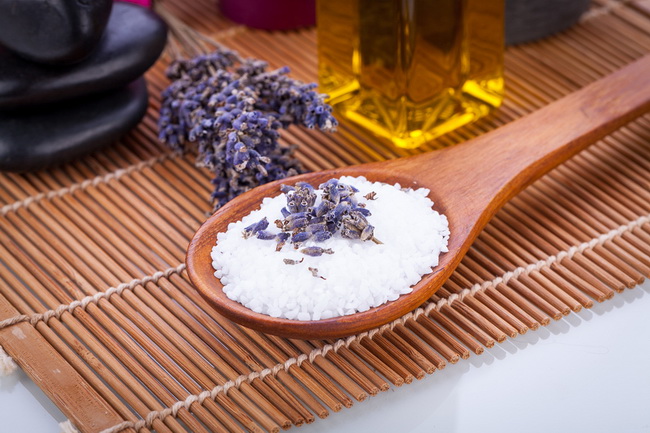
Photo credit: bigstock.com
10. Baking Soda
Baking soda not only removes dead skin cells but it also pulls excess oil from the clogged pores and balances out the skin’s pH level, making it look overall healthy and glowing. To treat the affected area, make a thin paste by combining some baking soda and fresh cucumber juice. If you don’t happen to have any cucumber juice, plain water is okay. Apply this paste to the affected area and allow it sit for five minutes. Rinse off with warm water. Use this no more than twice a week, and be sure that you moisturize your face afterwards.
11. Lavender Oil
Lavender essential oil decreases pain and inflammation, prevents scarring and encourages healing. At the very first sign of cystic acne, dab some lavender oil on a cotton ball and hold on the affected area. Repeat twice or even three times per day. This will encourage the cyst to come to a head so the pus and oil can come out naturally, and your skin can heal quickly.
You can also add up to four drops of lavender oil to your favorite cleanser to strengthen the formula. Wash your face twice a day.
SEE ALSO: 15 of the Best Natural Remedies to Improve Acne Scars
12. Fuller’s Earth
Fuller’s Earth is a clay that is great for drying up excess oil and removing the dead skin that clogs pores. It can even help reduce the chance of developing scars.
Mix two tablespoons of Fuller’s Earth, ½ teaspoon of honey and just enough water to make a paste. Apply this paste to the affected area, and allow it to dry. Rinse off with warm water.
You can use this method up to once or twice a week.
Extra Tips:
- Eat plenty of citrus fruits high in vitamin C to encourage the growth of healthy skin.
- Eat seeds and nuts that are rich in vitamin E and A.
- Always rinse your face with water after exercise or after sweating heavily.
- Always remove all makeup before bed.
- Avoid smoking and drinking .
- Do not pick or squeeze the cysts. This will only spread the infection and cause scarring.
- Use oil-free moisturizers and sunscreens.
- Keep your hair clean and off your face.
- Get regular exercise to keep hormones in balance.
- Avoid excessive washing of the skin as this only irritates it more.
References:
































